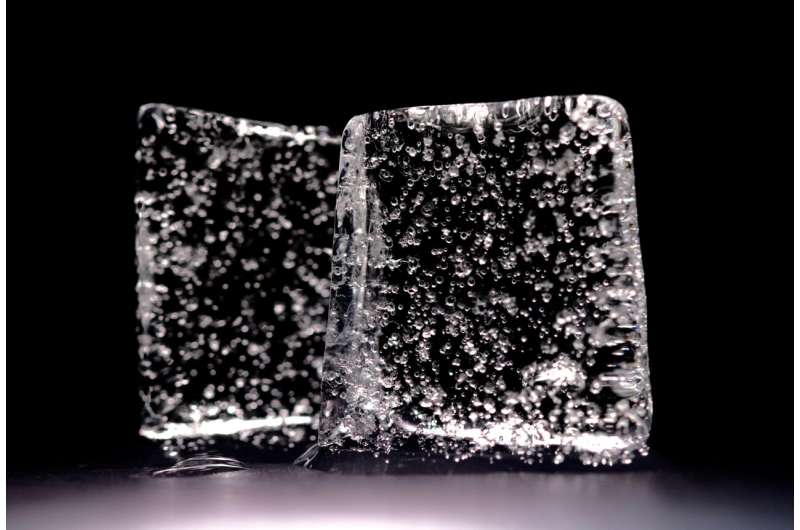This article has been reviewed according to Science X's editorial process and policies. Editors have highlighted the following attributes while ensuring the content's credibility:
fact-checked
peer-reviewed publication
trusted source
proofread
Ice cores suggest 16th-century pandemics may have caused declines in atmospheric CO₂

Changes in human activity may have led to atmospheric CO2 levels declining in the 16th century, due to large-scale land use changes in the Americas during New World-Old World contact between 1450 and 1700 CE, suggests a Nature Communications paper. The findings are based on data from an Antarctic ice core, dated up to about 500 years old.
Human activity is known to have led to changes in atmospheric carbon dioxide (CO2) levels due to industrialization, but this may also be the case prior to industrialization. One example of this was during contact between the "Old World" (in this case, Europe) and the "New World" (the Americas) during the 16th century, which led to a pandemic-driven population decrease.
This may have resulted in large-scale land abandonment, allowing for vegetation regrowth, carbon reabsorption from the atmosphere, and reduced atmospheric CO2 levels. Ice core records of CO2 throughout the last 2,000 years provide context for the unprecedented anthropogenic rise in atmospheric CO2. However, the atmospheric history of CO2 remains uncertain during some time periods, such as around 1600 CE.
Amy King and colleagues measured CO2 levels in the Skytrain ice core, which was drilled in 2018–2019, located at the edge of the West Antarctic Ice Sheet, at depths of up to 104 meters deep that dated to 1454–1688 CE.
They found that CO2 levels decreased gradually between 1516 and 1670 CE by 0.5 parts per million (ppm) per decade, with an inferred land carbon sink of 2.6 petagrams of carbon (PgC) per decade.
The authors suggest that this gradual decline is well-aligned with modeled CO2 decline due to land use changes in the Americas following New World contact with the Old World in the 16th century. They also suggest that ice core records can be used to provide context for how humans affected the composition of the atmosphere before industrialization.
More information: Amy C. F. King et al, Reconciling ice core CO2 and land-use change following New World-Old World contact, Nature Communications (2024). DOI: 10.1038/s41467-024-45894-9
Journal information: Nature Communications
Provided by Nature Publishing Group




















